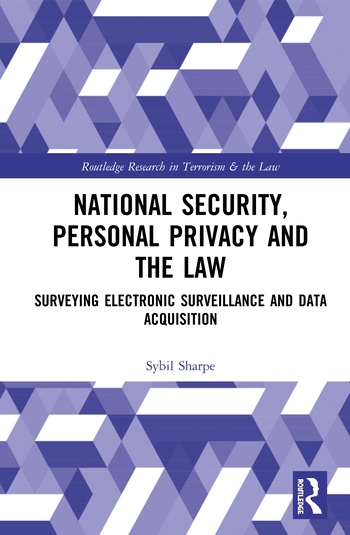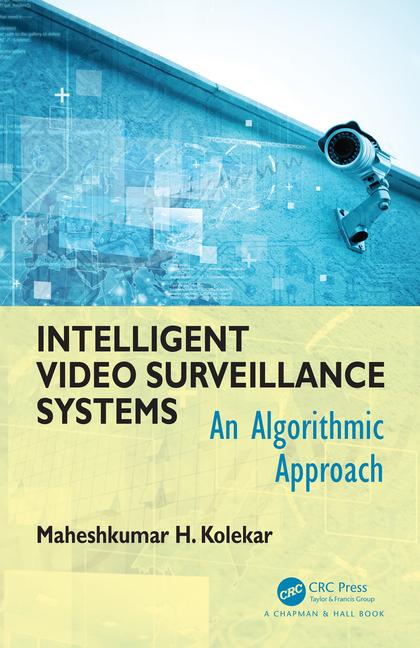An Opportune Time for the Security Industry
Big data concepts and machine learning enable synergistic opportunities between security providers, law enforcement, EMS and fire services.

Protecting life and property is the founding principal of the alarm monitoring industry. For over a century, our services have provided for the early detection of fire, intrusion and other life safety events. From the very beginning this has been possible because of alarm monitoring centers’ ability to receive data from a protected premises and act on that data.
Sensor technology and signaling methods improved throughout the 20th century. The industry grew as inventive new sensor technologies added to the data collected. The methods to transmit that information to the central station evolved, and our ability to detect abnormal conditions and act on them grew in sophistication.
Now, two decades into the 21st century, technological advancement is occurring at an exponential pace. Big data concepts combined with high speed wireless communications are transforming the way people and businesses accomplish everyday tasks. These data collection and communication advancements are revolutionizing our services as well as those provided by first responders.
For the life safety services we provide, the data generated is diverse and growing in its sophistication. Data from alarm systems and from other relevant sources, combined with real-time alarm user interaction, enables a monitoring center to better evaluate alarm system activations, prior to them notifying a 911 Public Safety Answering Point (PSAP).
These big data concepts enable exciting synergistic opportunities between security providers, law enforcement, EMS and fire services. For these first responders, situational awareness is an important operational necessity. By providing additional real-time data we can have meaningful operational value, assist public safety with situational awareness and improve both risk assessment and responder safety.
This data can also be used for machine learning, artificial intelligence and analytics to more quickly assist monitoring centers in determining higher and lower probabilities of crimes in progress. Although the volume of data collected may sometimes be exhaustive, public safety can dynamically control what information is pushed to them automatically and what data is pulled on demand. This enhanced method of defining threat levels associated with these alarm events is already driving continued modification of existing standards of response for both monitoring centers and first responders.
Examples of this include alarm sensor data from an automatic fire alarm system where fire services can use the information to manage the level of fire response, including what fire equipment is initially dispatched, improving fire fighter safety and reducing fire service costs. Conversely, video data related to a burglary could be pulled by an officer once they are on scene and can safely view the video.
Creating the required ANSI standards to support this requires participation from contributors in the security industry as well as the public safety community. TMA will continue to work closely with IACP, NSA, IAFC, APCO, NENA, NFPA, SIA and other stakeholders on these initiatives.
I have worked for 31 years in the alarm monitoring part of our industry and have never seen anything as impactful as the opportunity we have now to change the narrative on false alarms and help first responders prioritize their response.
The views, thoughts and opinions in this article belong solely to the author and not necessarily to his employer.
Looking for a reprint of this article?
From high-res PDFs to custom plaques, order your copy today!








